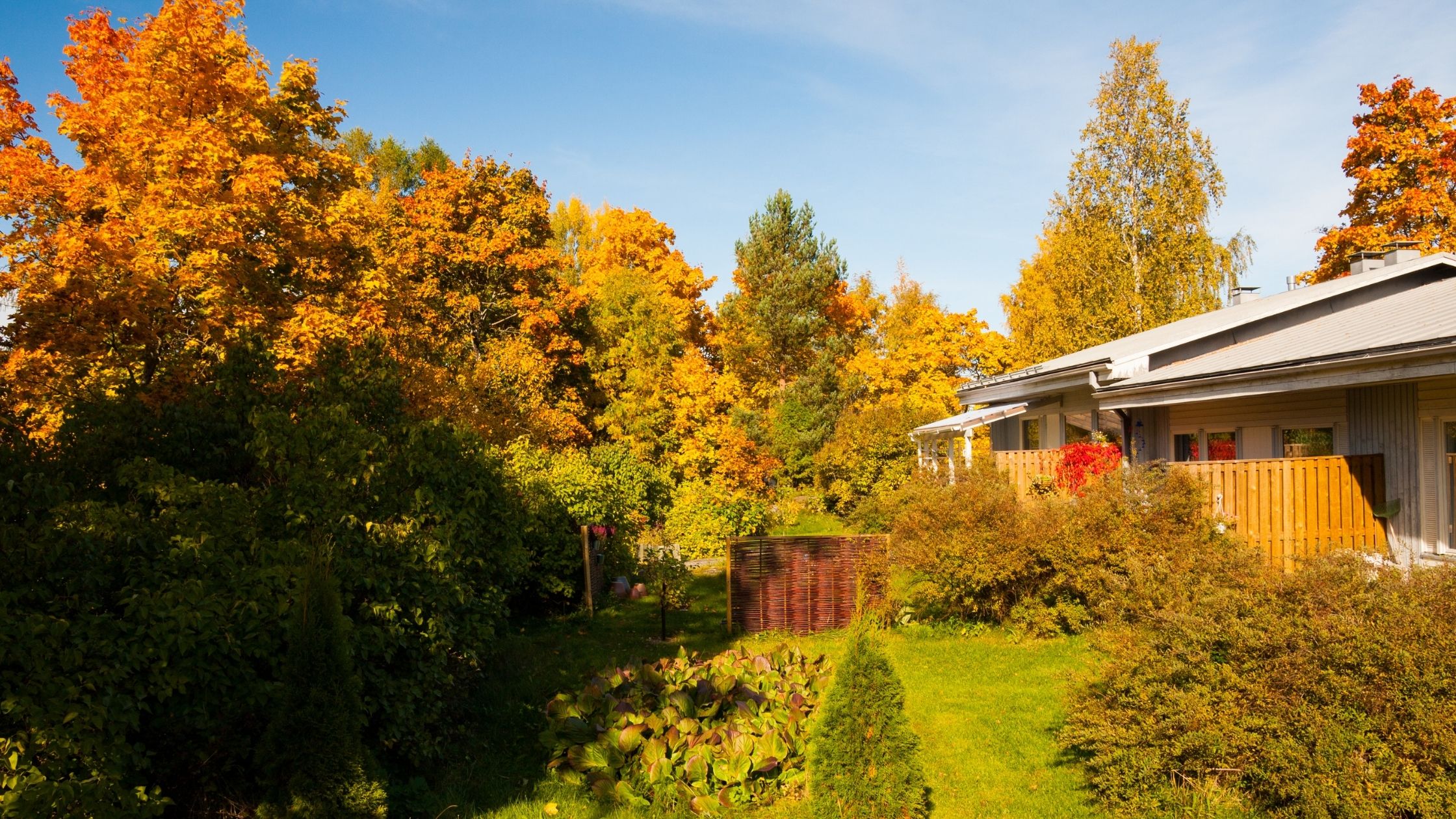How Trees Can Damage Your Roof

When most homeowners thing about things that can damage their roofs, they often think of harsh weather. While harsh weather is definitely a factor that can damage a roof, other factors that are far more common like trees can also be damaging your roof.
Many homeowners might not really that roof damage caused by trees is very common. Trees cause both short and long term damage, which is why it’s crucial to have your roof inspected each year. Annual inspections allow trained roofing professionals to find and fix potential issues before they become difficult and expensive to repair.
Overhanging Branches
In most areas, winter signals the arrival of severe weather like snow, wind and hail. Wind and snow can cause branches to snap, and those branches can fall on your roof and compromise your shingles. Over a period of time, that damage accumulates and leads to leaks.
Ideally, you want your branches to be at least ten feet away from your roof. Inspect your trees to make sure there is no rot or decay that can cause those branches to fall too. The best remedy is to trim branches back to keep your home free of risk.
Excess Leaves
While leaves may seem harmless, they can cause damage to your home. Even though they don’t cause impact damage to your shingles, their damage is more that of accumulation. As the number of leaves on your roof increases, it traps moisture from snow and rain and damages the integrity of your shingles. The best way to resolve the issue is to ensure your roof is free of leaves.
Drainage
Leaves, dirt, mud and other debris can collect in your gutter system. When the gutter system becomes clogged, water will not flow off the roof and instead overflows which can lead to damage to your foundation. Cleaning gutters isn’t a pleasant job, but it’s a necessary task before the winter season arrives.
Falling Trees
Falling trees is an obvious risk that most homeowners are likely aware of. Most homeowners have large trees in their back yards, but even a small one can cause major damage to your home if it falls on it. That’s why inspecting the trees around your home should be part of the routine inspection. If you see a tree that is a risk, have it cut down as soon as possible. It’s far cheaper to have a tree removed from your property than to fix damage that is caused if the tree falls on your home.

In Awe Roofing Limited is an Award-Winning, family owned and operated Vancouver Roofing Contractor with over 17 years of roofing experience. We serve the entire Lower Mainland area, from Whistler to Chilliwack, employing a team of professional staff members. Our team has won numerous awards including Best of Homestars for the last five years, and Three Best Rated six years in a row. Learn more






















